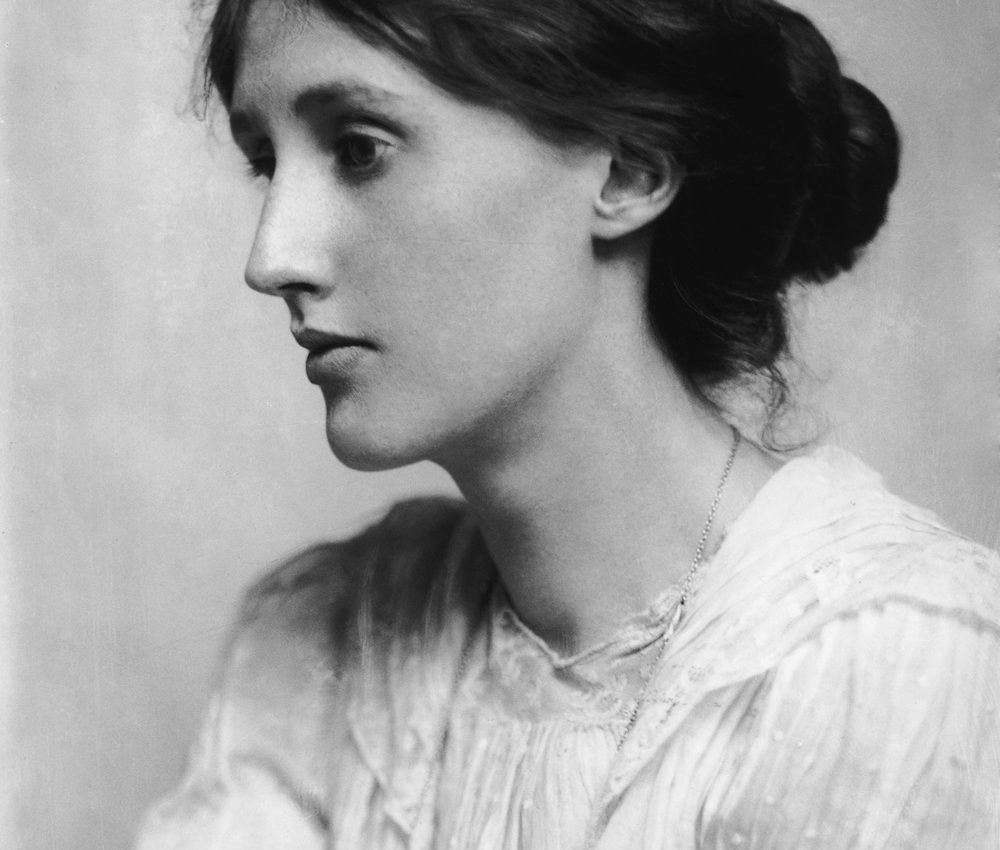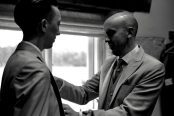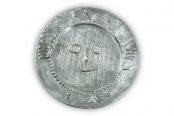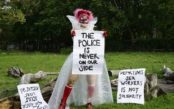To be perfectly ‘out front’ about it, What Was Virginia Woolf Afraid Of? isn’t likely winning any cinematography awards. It is, essentially, a narrated slideshow starring five academic/author/critic contributors and, of course, Virginia Woolf herself. Yes, here and there’s a flash of vibrant colour: lighthouses and crashing waves and babbling brooks. Yes, there’s atmospherically appropriate black-and-white footage of early-20th-century London, along with photos from Woolf’s life. But, alas, none of the motion picture’s actual motion or pictures demands the viewer’s attention.
What does demand the viewer’s attention are the words themselves. Particularly the contributors’ expert insights and Woolf’s own words, masterfully read by Anna Wilson-Jones. There, in the words, lies the film’s highest value. So much so, that the pictures become a distraction. Close your eyes and listen. Only your mind’s eye can do justice to gems such as “stinks like a… well, civet cat that has taken to streetwalking”.
Here is where the film shines brightest: when it focuses not on Woolf’s life, but on her actual words and how she used them. Of course, her life’s circumstances were critical to her art. Her mother’s early death, her mother-like half-sister’s early death, her sexual abuse — perpetrated by her half-brother/s — her father’s early death, her brother’s early death, her marriage AND her lesbian affairs all affected her deeply. How could they not?
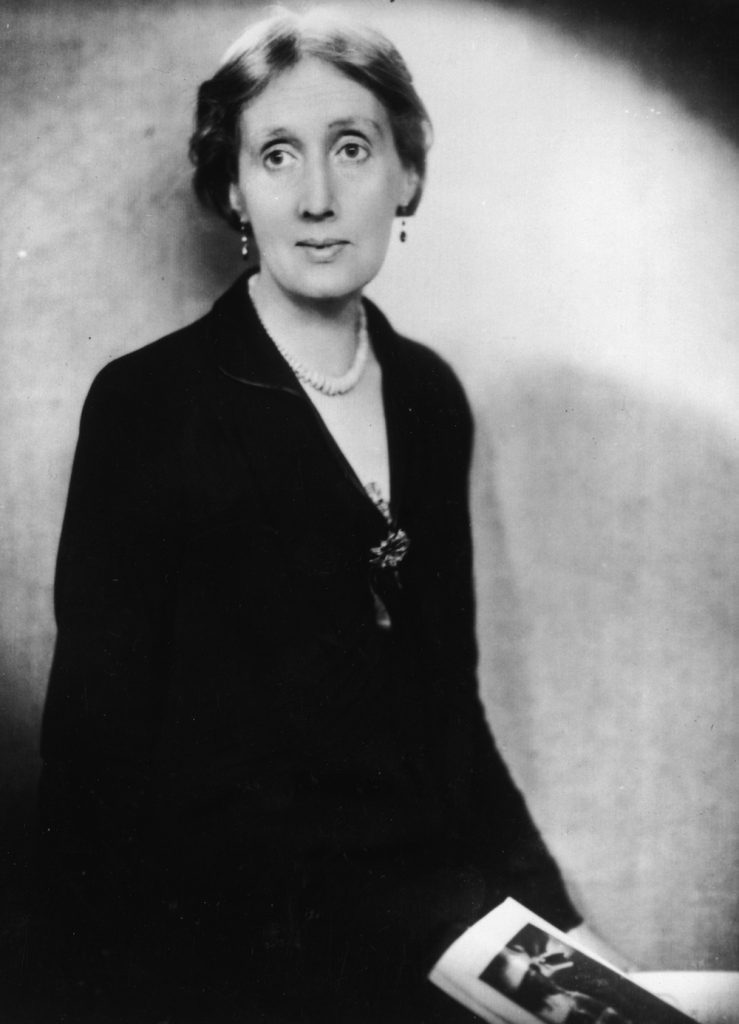
But tragedy, family dysfunction and depression / mental illness do not make Virginia Woolf unique among authors or artists of all stripes. Be it Plath, Hemingway or the next-door neighbour we’ve never bothered to meet, humans are the sum of their experiences. Nothing comes from nowhere. In Woolf’s case, what she did with her experiences — her writing — is her artistic legacy. Not the experiences themselves.
And so, just after the 20-minute mark, the close listener might catch biographer Lyndall Gordon best explain Woolf’s mark on literary history:
“She wants to turn the focus away from the traditional subjects of fiction, into the shadows of moments of being and the inner life. And to do this, she has to develop a new style. So, there’s a rationale for the lengthening of her sentences and the fragmented narrative. Because she begins to inject silences into her narrative. She accepts the fact that there is much one cannot define or even record, and one has got to allow for what can’t be said.”
But then, rapier-like, Dame Hermione Lee skilfully interjects:
“She’s trying to get into a narrative that moves like water inside other people’s minds and lives and then goes back out again. Fades into nature and the natural world and then goes back in again.”
Likewise, the viewer’s thinking on Woolf’s work shifts, yet again. This sort of interplay typifies much of the film’s 47-odd minutes. Commentary from the expert panel interweaves with readings of Woolf’s writings, most notably, her letters/diary, The Waves, To the Lighthouse, Mrs Dalloway and Orlando, to form a narrative analysis of her life and work. Indeed, after Woolf’s own fashion, these jumps in perspective carry the day.
Until, sadly, at the film’s end, the River Ouse carries away Virginia Woolf.
What Was Virginia Woolf Afraid Of? is available on DVD now.
Images: Virginia Woolf © Getty
R. Falk Fisher writes daily. He wished he was somewhere else until he realized he was there.

